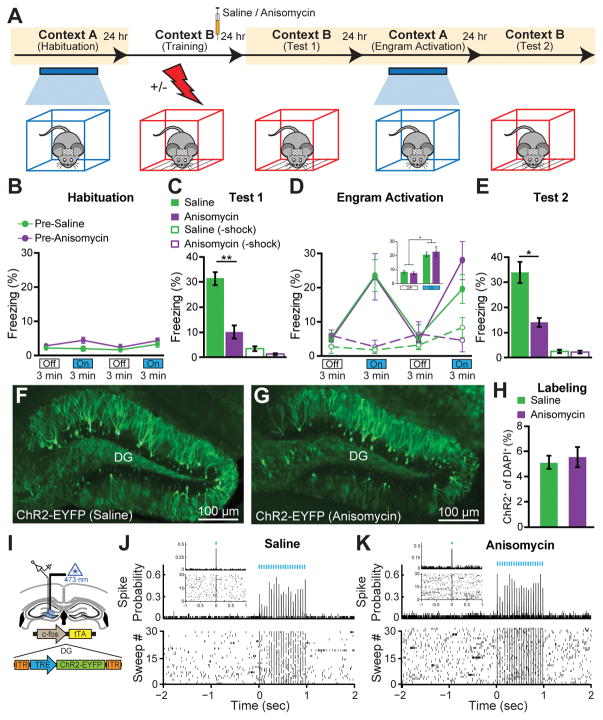Figure 2. Optogenetic Stimulation of DG Engram Cells Restores Fear Memory in Retrograde Amnesia.
(A) Behavioral schedule. Beige shading signifies that subjects are On DOX, precluding ChR2 expression. Mice taken off DOX 24–30 hrs before CFC in Context B. SAL or ANI was injected into the mice after training.
(B) Habituation to Context A with Light-Off and Light-On epochs. Blue light stimulation of the DG did not cause freezing behavior in naïve, unlabelled mice of the pre-SAL (n = 10) or pre-ANI (n = 8) groups.
(C) Memory recall in Context B 1 day post-training (Test 1). ANI group displayed significantly less freezing than SAL group (p < 0.005). No-shock groups with SAL (n = 4) or ANI (n = 4) did not display freezing upon re-exposure to Context B.
(D) Memory recall in Context A 2 days post-training (Engram Activation) with Light-Off and Light-On epochs. Freezing for the two Light-Off and Light-On epochs are further averaged in the inset. Significant freezing due to light stimulation was observed in both the SAL (p < 0.01) and ANI groups (p < 0.05). Freezing levels did not differ between groups. SAL and ANI-treated no-shock control groups did not freeze in response to light stimulation of context B engram cells.
(E) Memory recall in Context B 3 days post-training (Test 2). ANI group displayed significantly less freezing than SAL group (p < 0.05).
(F, G) Images showing DG sections from c-fos-tTA mice 24 hrs after SAL or ANI treatment.
(H) ChR2-EYFP cell counts from DG sections of SAL (n = 3) and ANI (n = 4) groups.
(I) In vivo anesthetized recordings (see Materials and Methods).
(J, K) Light pulses induced spikes in DG neurons recorded from head-fixed anesthetized c-fos-tTA mice 24 hrs after treatment with either SAL or ANI.
Data presented as mean ± SEM.

